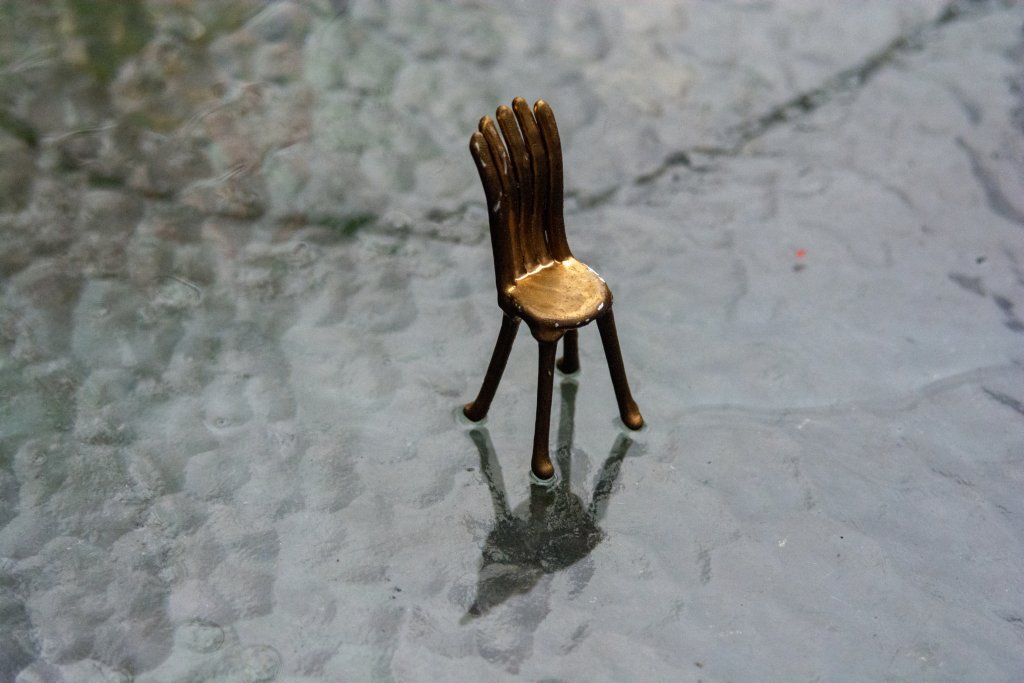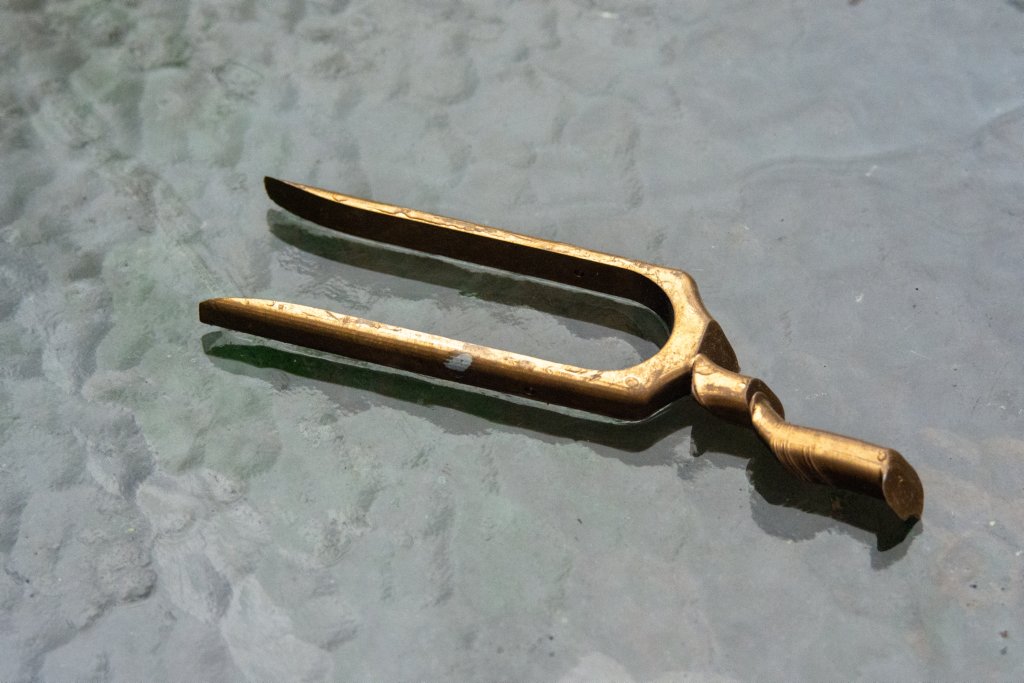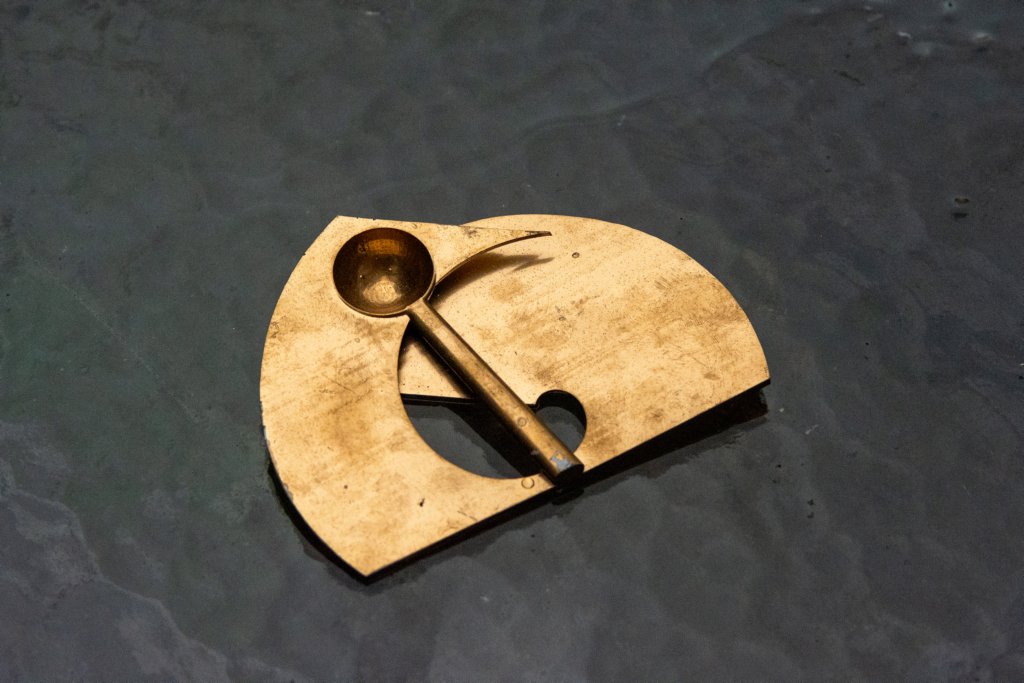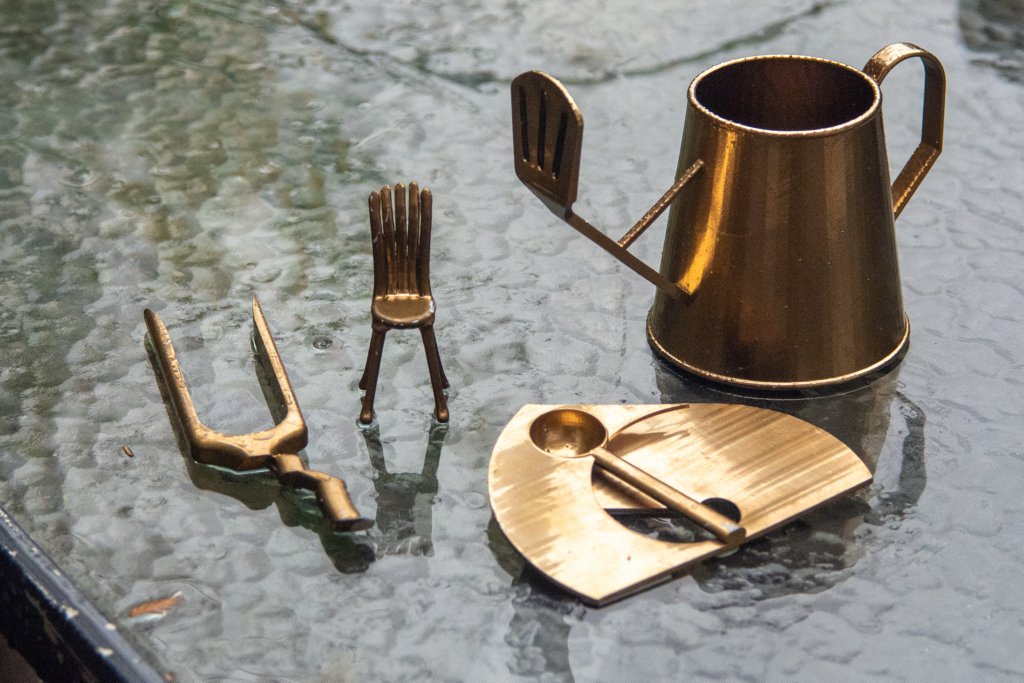Uncertainty in AI technologies has often been treated as something to be eliminated. Using hybrid techniques where humans work together with AI technologies, humans correct the “errors” that the AI technologies produce. However, instead of minimising this unpredictability and regarding them as unusable errors, we believe it offers creative potential for designers to generate new perspectives. It can inspire them and may give a defamiliarising perspective on everyday objects to tackle common design challenges such as creative fixation and exhaustion. But how can we incorporate uncertainty as a design material in our design practices? And can these hybrid design processes actually help us reimagine everyday objects to uncover novel ways of interacting?
When does unpredictability become innovation, not failure?
Central to Studio Uncertainty is the development of a studio identity and practice. As a result, we emphasise reflective making to shape our design decisions by combining material exploration, AI technologies (i.e. object detection and image generators) and autoethnographic elements. At the same time, this allows us to critically consider how uncertainty informed the creative outcomes.
During our experimentation process, we used an object detection model trained to recognise kitchen utensils to find these forms on unrelated objects. This informed the prompts for image generators, allowing the misclassifications and resulting distortions to inspire new object hybrids. Using them as inspiration, the studio produced four new speculative kitchen utensils, such as the Chork (chair-fork hybrid) and the Waturla (watering can-spatula hybrid). On top of this series of newly-found objects, the studio also uncovered a design method to turn AI uncertainty into concrete, experimental design outcomes.
Our project matters because it shows how technology can once more become playful, surprising, and human. Instead of imagining the digital future as something distant or only on screens, we bring it directly into our own, familiar physical world: the kitchen. By materialising AI uncertainty, we remind designers and others that uncertainty is not something to fear, but something to explore. Although these kitchen utensils might be seen as impractical, they invite us to imagine new possibilities in terms of their interaction and design practices. It is in these imperfections that curiosity and creativity thrive, offering an open, imaginative way to think about our collective digital future.




